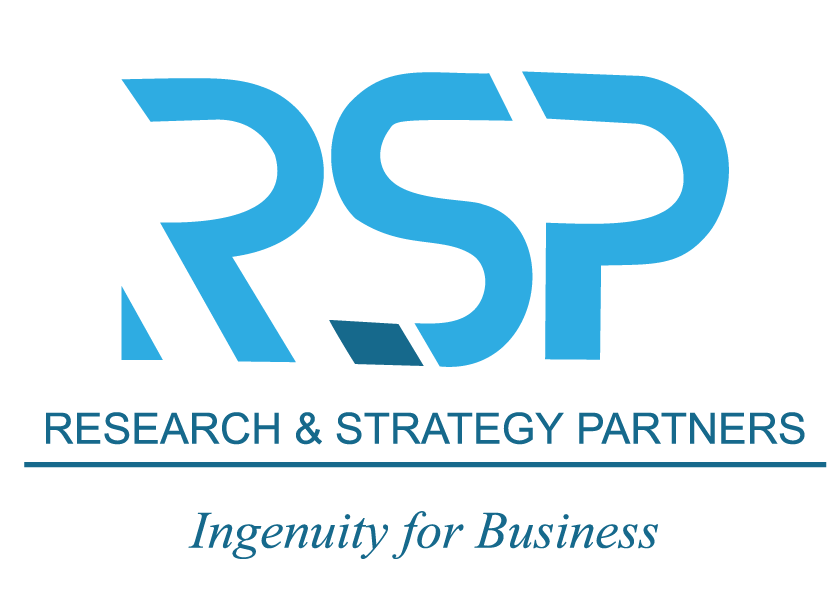In B2B marketing, email remains one of the most reliable and effective tools for nurturing leads, building relationships, and driving conversions. Despite the rise of social media, chatbots, and other digital marketing tools, email continues to be a preferred outreach channel for businesses. However, with inboxes overflowing daily, crafting emails that stand out and resonate with your audience is no small task.
For B2B companies, especially those in data-driven industries, the challenge is even greater. The audience is often composed of busy professionals—executives, analysts, and decision-makers—who have little time for irrelevant or overly promotional content.
So, how can you create B2B email campaigns that capture attention and drive meaningful engagement and conversions? Here are some practical strategies to consider:
Understand Your Audience: Research is Key
The foundation of any successful email campaign is a deep understanding of your audience. For B2B companies, this means knowing the pain points, challenges, and goals of your recipients. Are they looking for data-driven insights? Do they need solutions to specific industry problems? Understanding these nuances allows you to craft emails that feel relevant and valuable.
One effective way to achieve this is through audience segmentation. By dividing your email list into smaller groups based on factors like industry, job role, company size, or engagement level, you can tailor your messaging to resonate with each segment. Personalized emails consistently outperform generic ones because they speak directly to the recipient’s needs.
Craft a Compelling Subject Line
The subject line is the first thing your recipient sees, and it often determines whether your email gets opened or ignored. For B2B audiences, clarity and relevance are key. Avoid vague or overly promotional language. Instead, focus on highlighting the value your email provides.
For example, instead of writing “Our Latest Insights,” try something like “3 Data-Driven Strategies to Boost Your ROI in 2025.”
Creating a sense of urgency can also encourage immediate action. Phrases like “Limited-Time Offer” or “Exclusive Insights for Q4” can prompt recipients to open your email right away.
Focus on Value-Driven Content
B2B decision-makers are busy professionals who do not have time for fluff. Your email content should be concise, relevant, and packed with value. Whether you are sharing industry insights, offering a solution to a common problem, or inviting them to a webinar, make sure the content is actionable and directly tied to their needs.
Avoid overwhelming your audience with too much information. Instead, focus on one key message per email. If you have additional details to share, include links to blog posts, whitepapers, or case studies where they can learn more.
Use Clear and Actionable CTAs
A strong call-to-action (CTA) is essential for guiding your recipients toward the next step. Whether you want them to register for a webinar, download a report, or schedule a consultation, your CTA should be clear and easy to follow. Use action-oriented language like “Download Now,” “Reserve Your Spot,” or “Get Started Today.”
Place your CTA prominently in the email, and make sure it stands out visually. Buttons with contrasting colors or bold text can help draw attention to your desired action.
Leverage Visuals and Data
Data is a powerful tool. However, raw data can be overwhelming if not presented effectively. Visuals like charts, graphs, and infographics can make complex information more digestible and engaging. They also help reinforce your message and make your emails more visually appealing.
In addition to visuals, consider using branded templates to ensure consistency across your emails. This not only reinforces your brand identity but also builds trust and recognition with your audience.
Optimize for Mobile
With more business executives checking emails on their smartphones, mobile optimization is no longer optional. A responsive email design ensures that your message looks great on any device. Keep your content concise and to the point, as mobile users are more likely to skim rather than read lengthy emails.
Test your emails on multiple devices and email clients to ensure they display correctly. A poorly formatted email can frustrate recipients and harm your credibility.
Test and Iterate
No email campaign is perfect from the start. Testing and iteration are crucial for improving performance over time. Track key metrics like open rates, click-through rates (CTR), and conversion rates to gauge the effectiveness of your campaigns. Use A/B testing to experiment with different subject lines, CTAs, or content formats.
Analyze the data to identify what works and what does not and use those insights to refine your future campaigns. Continuous improvement is the key to long-term success.
Build Trust and Credibility
Trust is everything and it is not any different in the B2B space.
Your emails should reinforce your position as a thought leader and a reliable source of solutions. Share case studies, testimonials, and success stories to showcase your expertise and demonstrate the value you have delivered to other clients.
Transparency is also important. Be honest about what you are offering and avoid making exaggerated claims. Building trust takes time, but it is essential for fostering long-term relationships.
Automate and Personalize
Marketing automation tools can help streamline your email campaigns while maintaining a personal touch. Use dynamic content to tailor your emails based on the recipient’s behavior, preferences, or stage in the buyer’s journey. For example, a prospect who has just downloaded a whitepaper might receive a follow-up email with related resources, while a long-time customer might get an exclusive offer.
Automation not only saves time but also ensures that your emails are timely and relevant.
Measure ROI and Refine Your Strategy
Ultimately, the success of your email campaigns should be measured by their impact on your business goals. Whether you are aiming for lead generation, brand awareness, or customer retention, align your email strategy with your broader objectives.
Track how your campaigns contribute to revenue and adjust your strategy accordingly. For example, if a particular type of email consistently drives high conversions, consider creating more content in that format.
Final Thoughts
Creating impactful B2B email campaigns is both an art and a science. It requires a combination of research, creativity, and strategic execution. By understanding your audience, crafting compelling messages, and continuously optimizing your approach, you can turn your email campaigns into a powerful tool for driving engagement and conversions.
Remember, the goal is not just to sell but to build relationships and provide value. When your emails resonate with your audience and address their needs, you will not only see better results but also establish yourself as a trusted partner in their journey.
Rethinking your B2B Outreach Strategy?
Whether it’s scaling your lead generation, optimizing your outreach, or building a high-converting growth strategy, we’re here to help.
We know your audience. We have the Expertise in identifying key decision-makers and know how to reach them.
Let’s talk about how we can accelerate your growth with our B2B Outreach solutions.
Contact us today!
partners@research-strategy.com


Leave a Reply